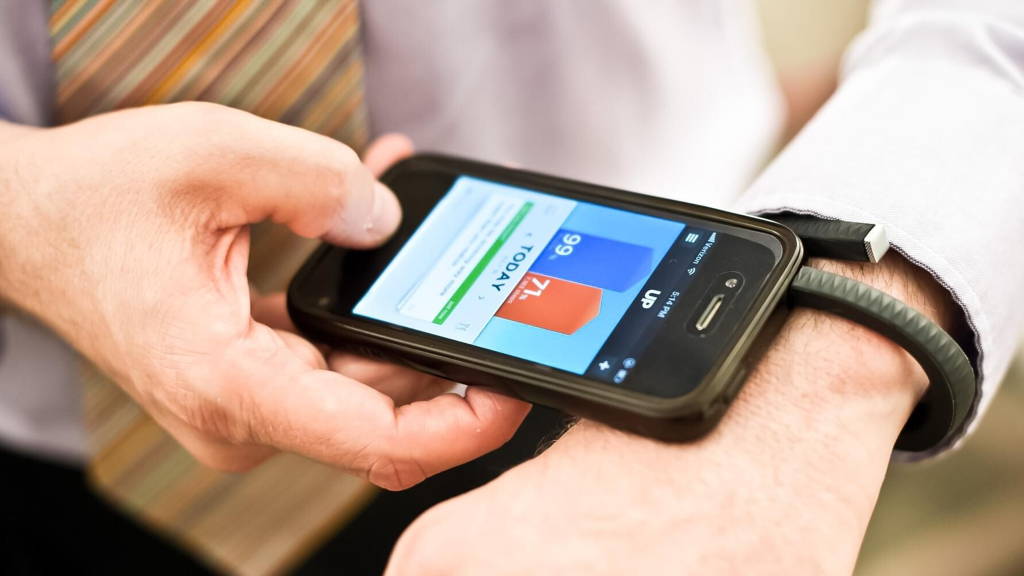A recent Stanford study already showed that wristbands aren’t as accurate as most people think when measuring physical activity. The Sanofi and PARAXEL study could be a great addition to this study, aimed more at clinical research.
Sanofi is an international pharmaceutical company, which engages in the research and development, manufacturing and marketing of pharmaceutical drugs. It is also involved in research projects. PAREXEL is a consulting firm which conducts research for clients.
They are combining their clinical, regulatory, logistical and technical expertise in this trial, as well as their global presence. The objective is to demonstrate the relevance of data collected remotely and the overall feasibility of utilizing wearables in clinical trials.
Sanofi is an international pharmaceutical company, which engages in the research and development, manufacturing and marketing of pharmaceutical drugs. It is also involved in research projects. PAREXEL is a consulting firm which conducts research for clients.
They are combining their clinical, regulatory, logistical and technical expertise in this trial, as well as their global presence. The objective is to demonstrate the relevance of data collected remotely and the overall feasibility of utilizing wearables in clinical trials.
Collecting data through wearables
Wearables are increasingly used in trials and research projects. They do have certain advantages, for instance making it easier for patients to participate in trials and creating more opportunities for decentralised trials. It could even replace or reduce the number of clinical assessments and/or on-site visits during clinical trials. This not only potentially reduces the burden on trial participants, it could also decrease trial costs.
It’s a way of conducting research that’s worth exploring more. It remains the question, however, how accurate these devices are and whether they can optimize study performance. The Sanofi-PARAXEL collaboration should offer more insight into these questions. In particular, the companies are examining how data collected from several wearable devices can be streamlined into a single, scalable data system to provide valuable insights.
It’s a way of conducting research that’s worth exploring more. It remains the question, however, how accurate these devices are and whether they can optimize study performance. The Sanofi-PARAXEL collaboration should offer more insight into these questions. In particular, the companies are examining how data collected from several wearable devices can be streamlined into a single, scalable data system to provide valuable insights.
Building on previous studies
PAREXEL recently launched Patient Sensor Solution pilot study, which facilitates the remote collection of patient data from multiple devices, including activity trackers and glucometers. It securely captures, transmits, stores, and visualizes the collected data. The Sanofi-PARAXEL study will build on this study.
It will be interesting to see whether this study comes to the same conclusion regarding the accuracy of wearables as the Stanford University study. While it’s certainly a very interesting subject, which needs to be explored in this day and age, one shouldn’t forget that both Sanofi and PAREXEL do benefit from a positive result.
Wearables are a core component of Sanofi’s digital trials strategy, as stated by Lionel Bascles, Global Head of Clinical Sciences and Operations of Sanofi. And PAREXEL’s Patient Sensor Solution focusses on data collected through wearables and other devices.
It will be interesting to see whether this study comes to the same conclusion regarding the accuracy of wearables as the Stanford University study. While it’s certainly a very interesting subject, which needs to be explored in this day and age, one shouldn’t forget that both Sanofi and PAREXEL do benefit from a positive result.
Wearables are a core component of Sanofi’s digital trials strategy, as stated by Lionel Bascles, Global Head of Clinical Sciences and Operations of Sanofi. And PAREXEL’s Patient Sensor Solution focusses on data collected through wearables and other devices.






